i have question about INNER JOIN and EXPLODE. How to inner join table 'group' in table 'users', explode 'group_id', and display group_id as 'group_name'? Sorry for my poor English. Thanks before.
Image below include table value and display example in browser.
